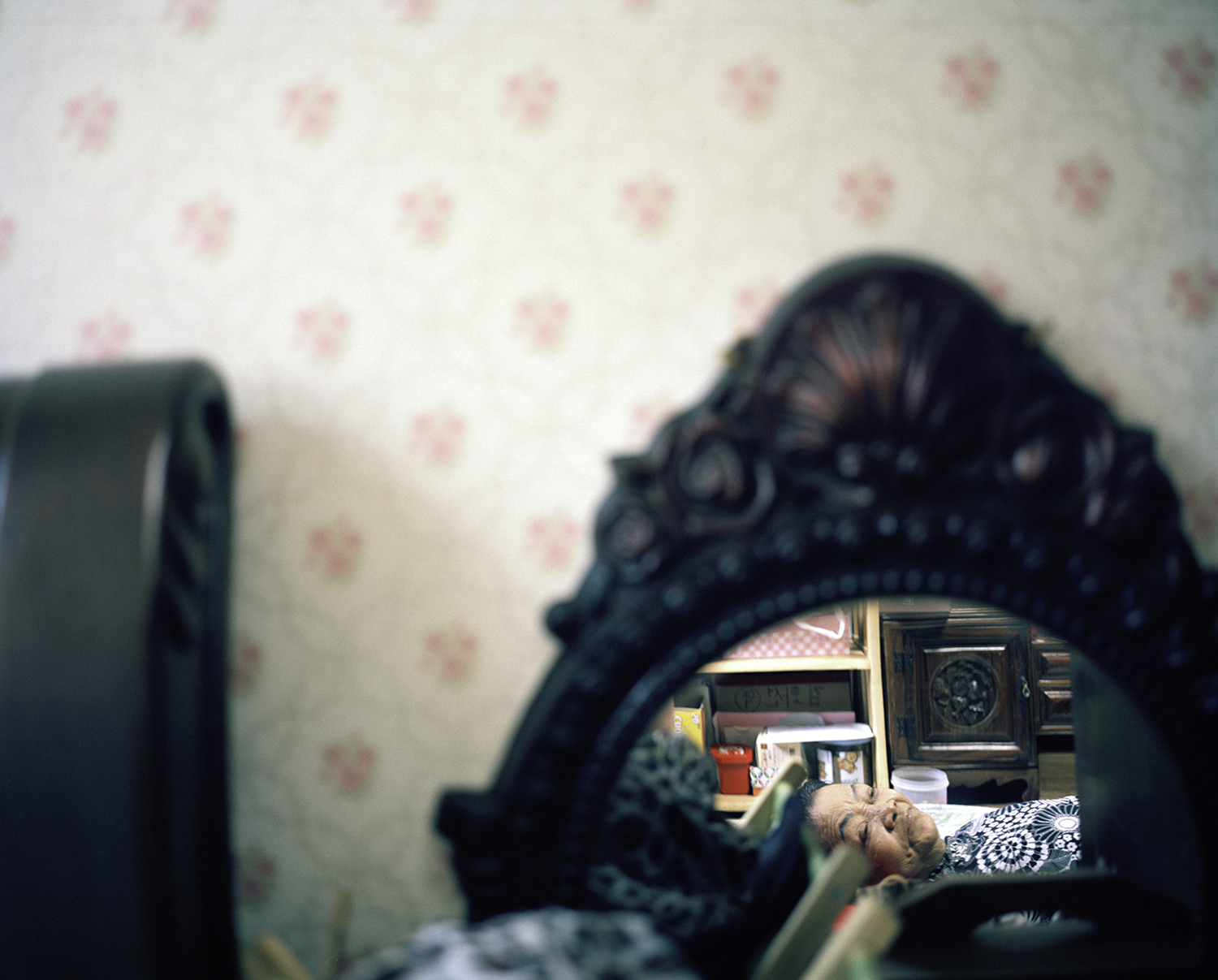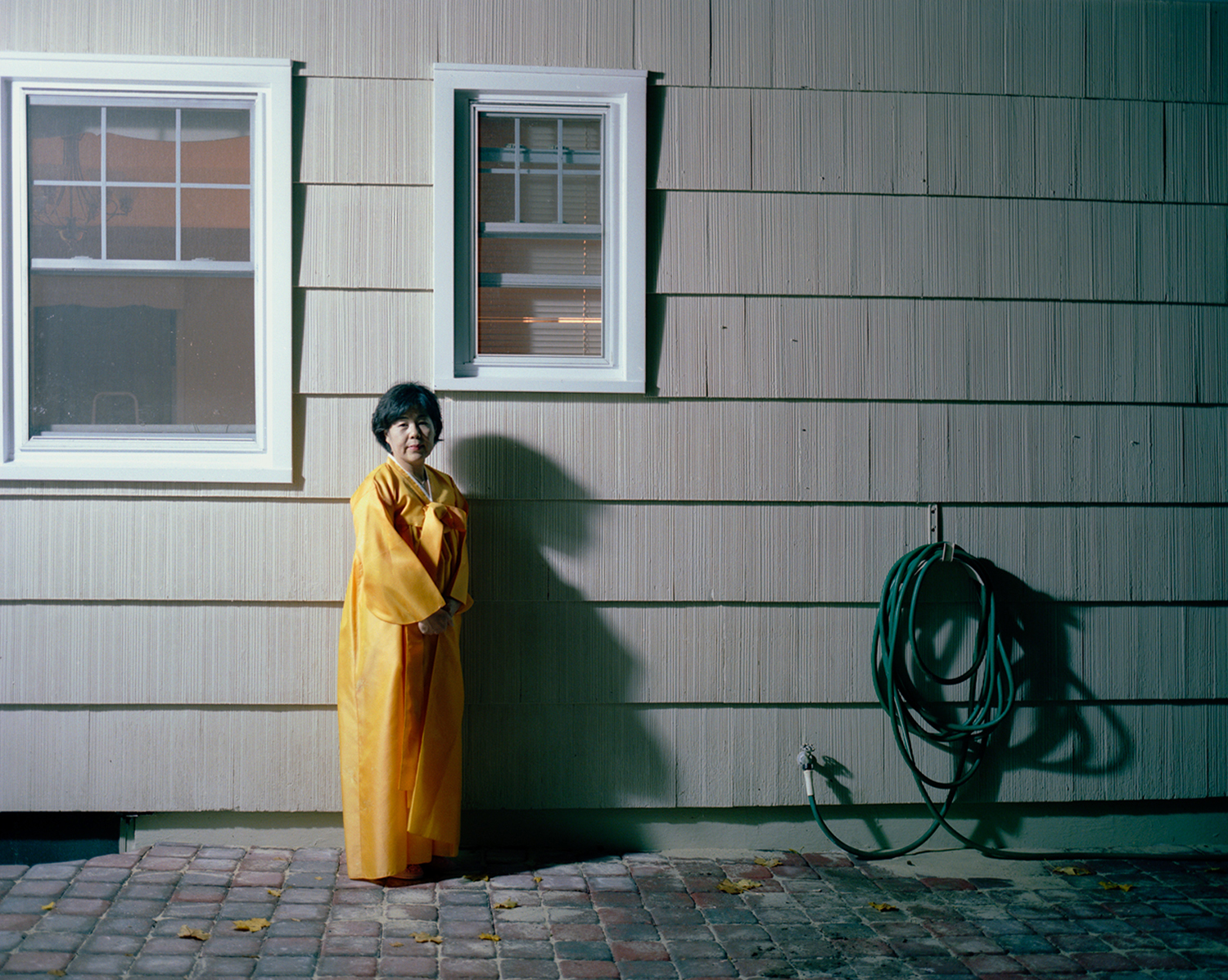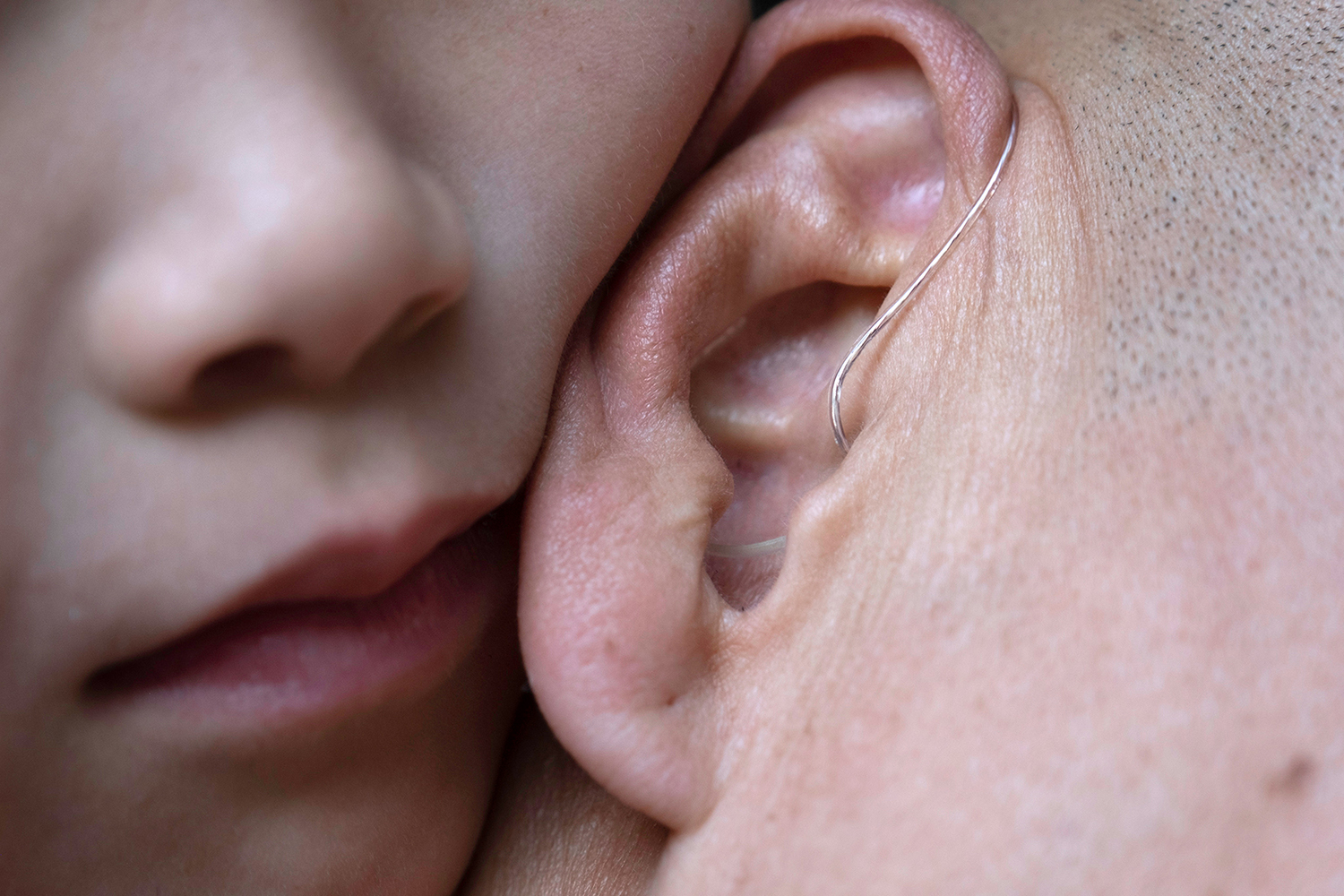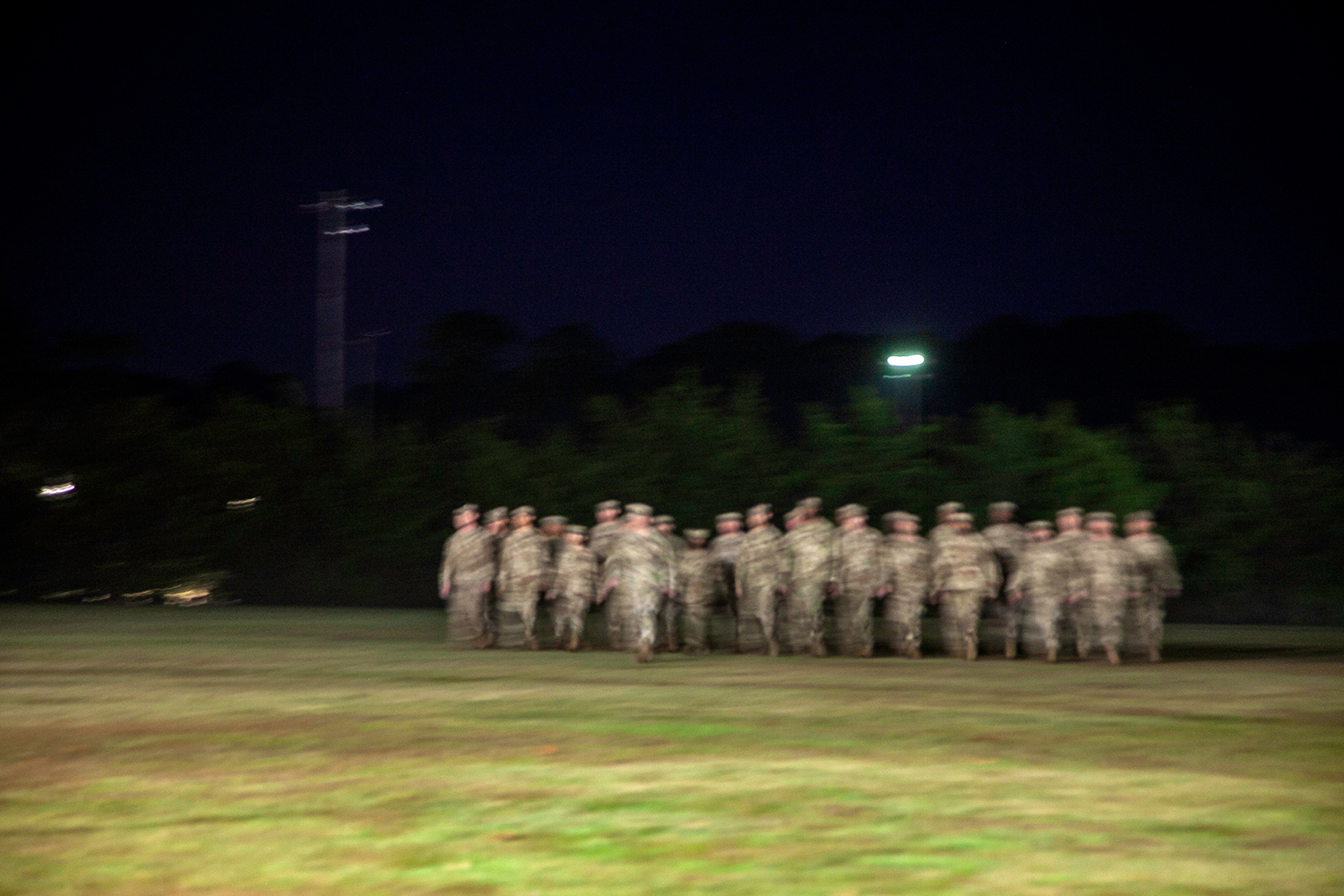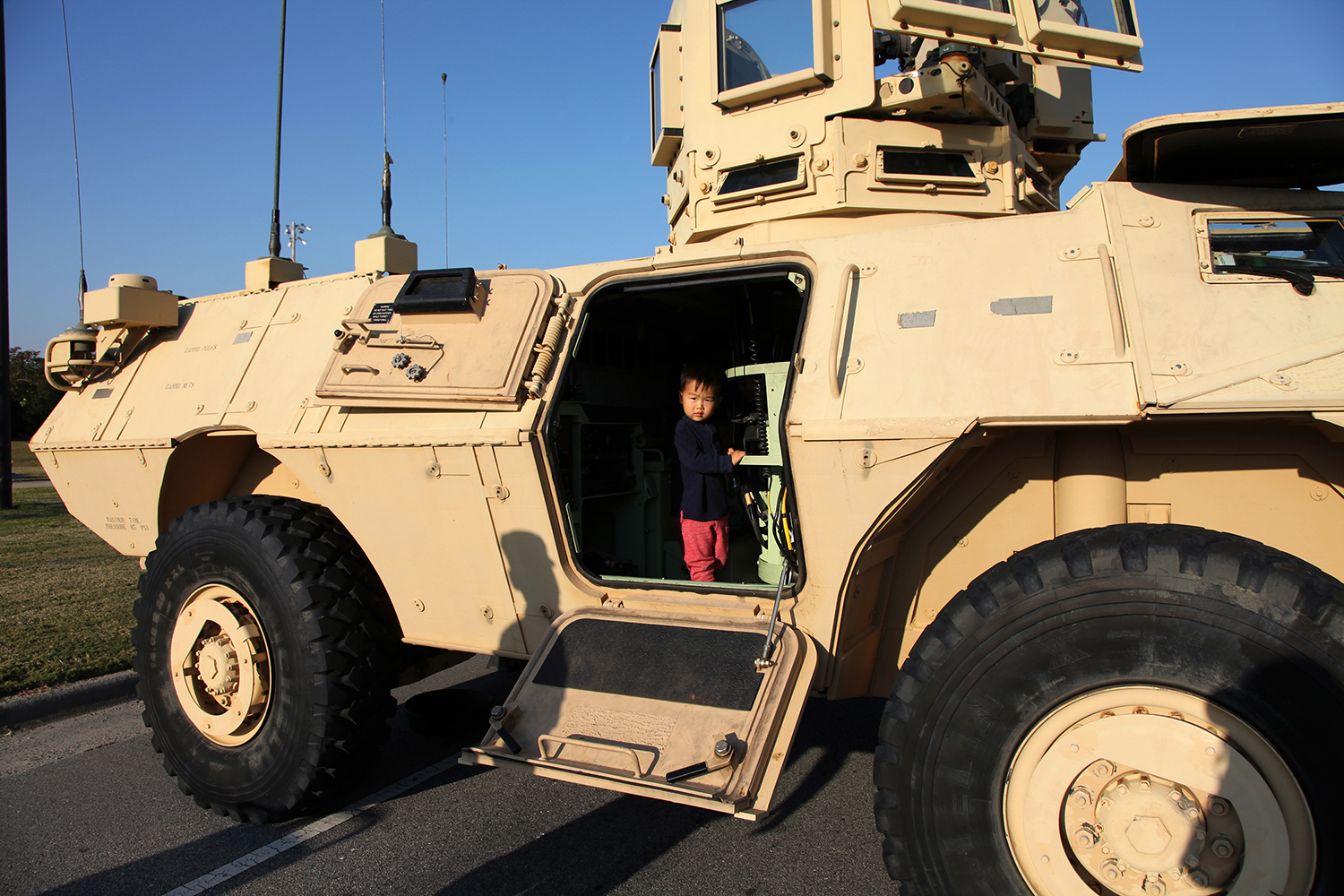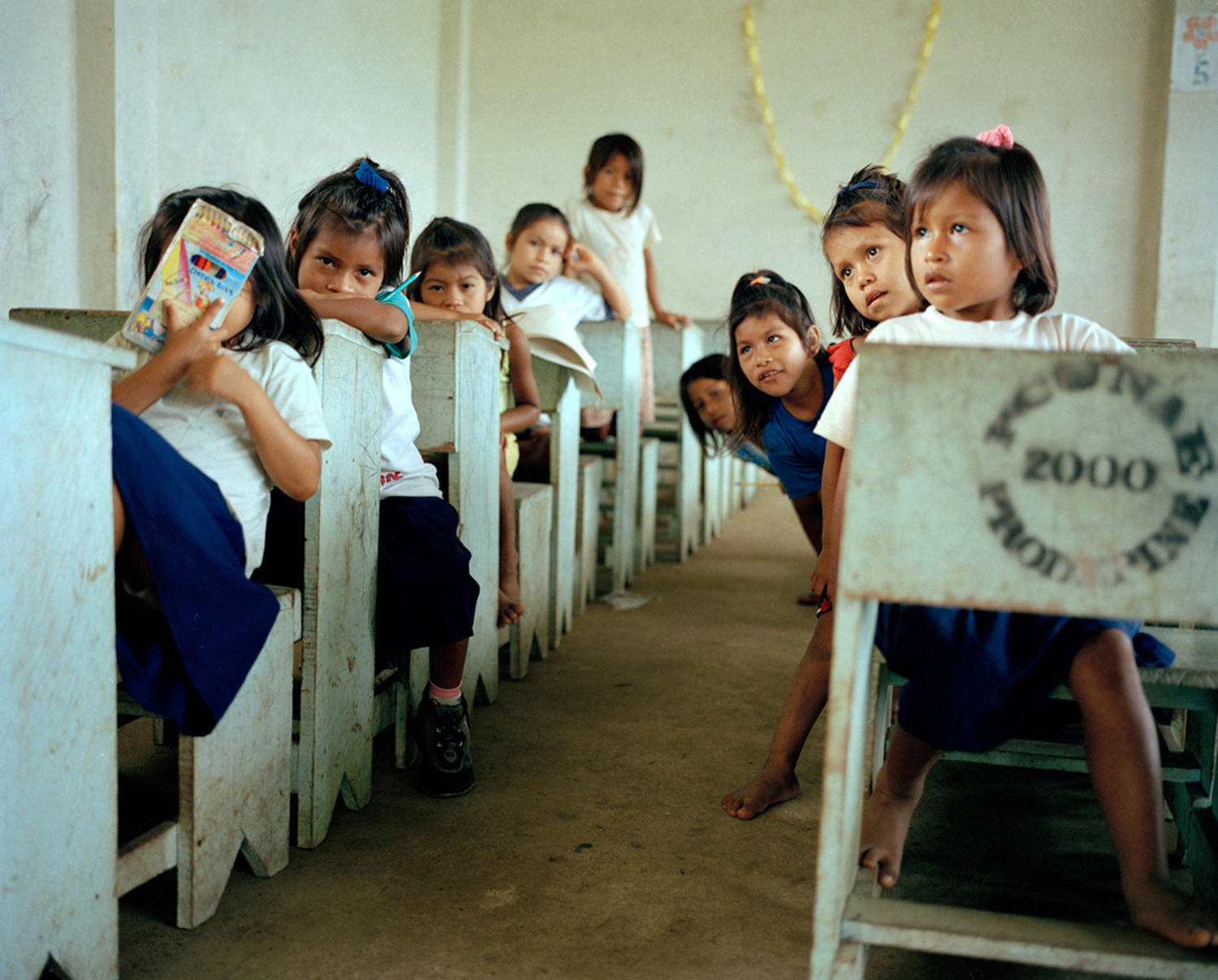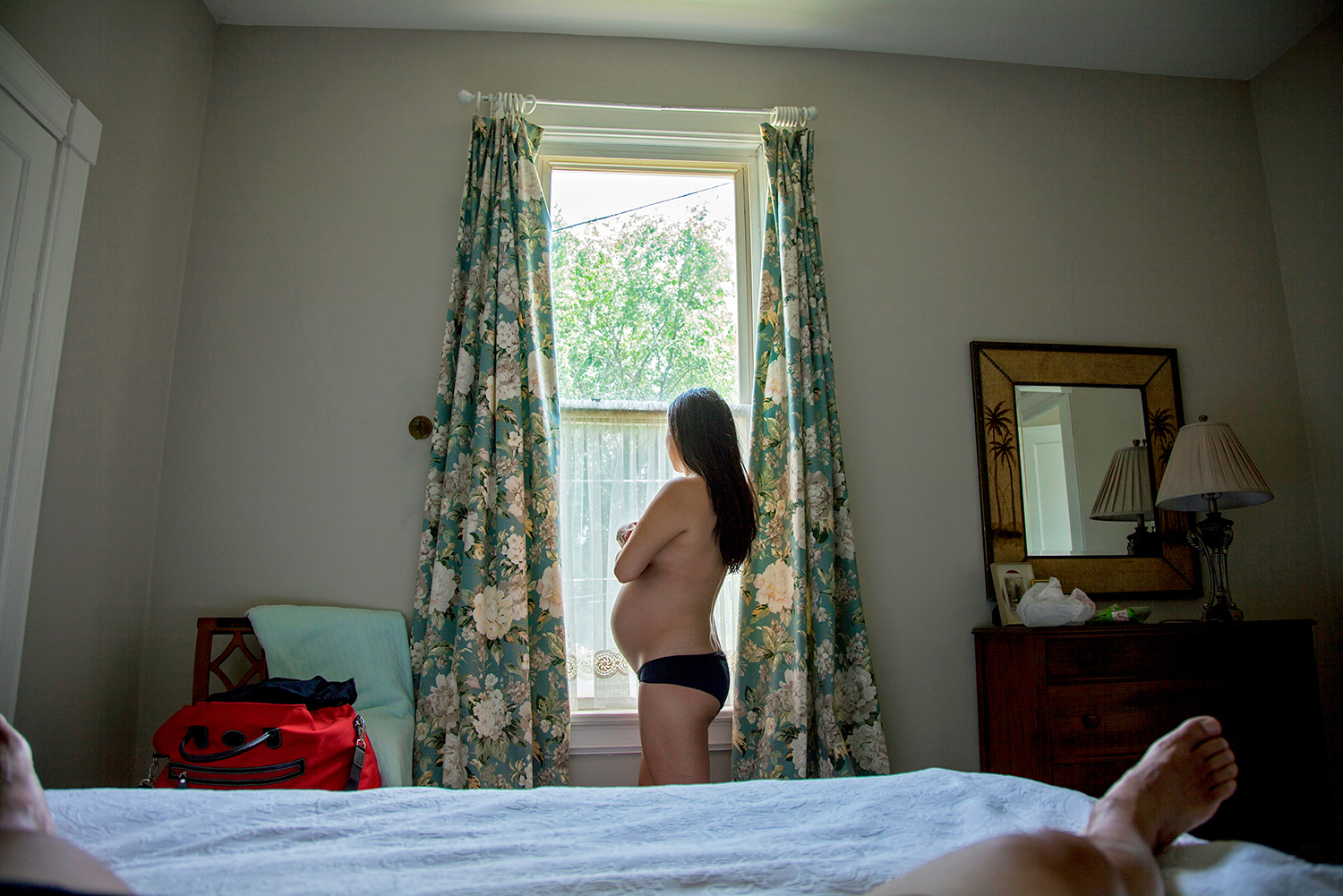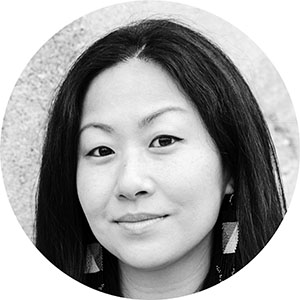Arin Yoon is a Korean American documentary photographer, visual artist, and arts educator. Her work focuses on the military, families, and women and issues of representation and identity. Arin is a National Geographic Explorer and currently a grantee of We, Women and the National Military Family Association. She has been a recipient of the Darkroom Residency Program through Baxter Street Camera Club of New York. She is a member of Women Photograph and an alumna of the 72nd Missouri Photo Workshop. Her work has been featured in National Geographic, Reuters, ProPublica, The New York Times, The Atlantic, The Guardian, and The Korea Times. Arin has exhibited at venues such as the National Museum of Korean Contemporary History in Seoul, Daegu Arts Center, Corcoran Gallery of Art in Washington, DC, Anthology Film Archives and A.I.R. Gallery in New York City. Her work is currently on view at the 14th Biennale at the Krasnoyark Museum in Russia in a group exhibition called ‘Mapping the Multitude, contemporary photography of Korea’.



